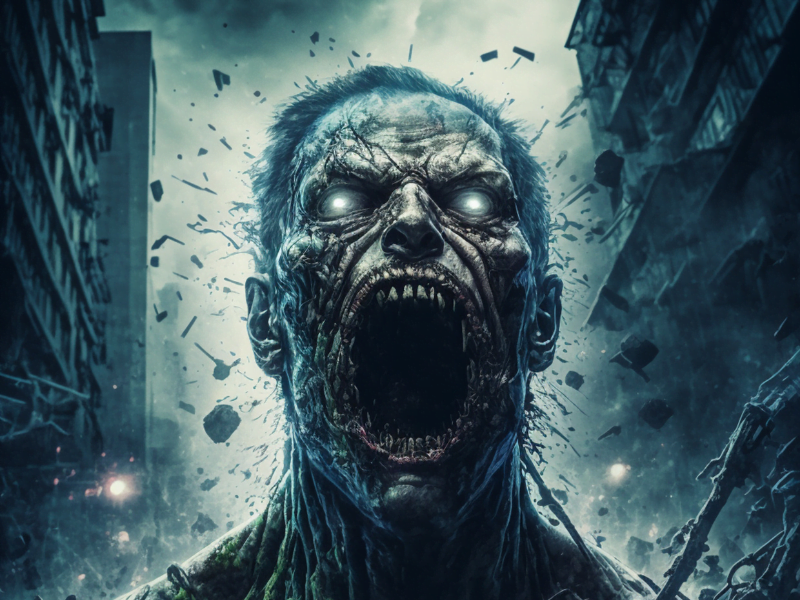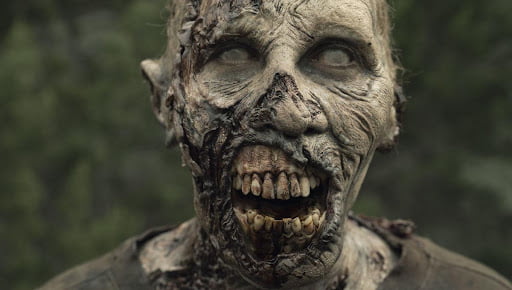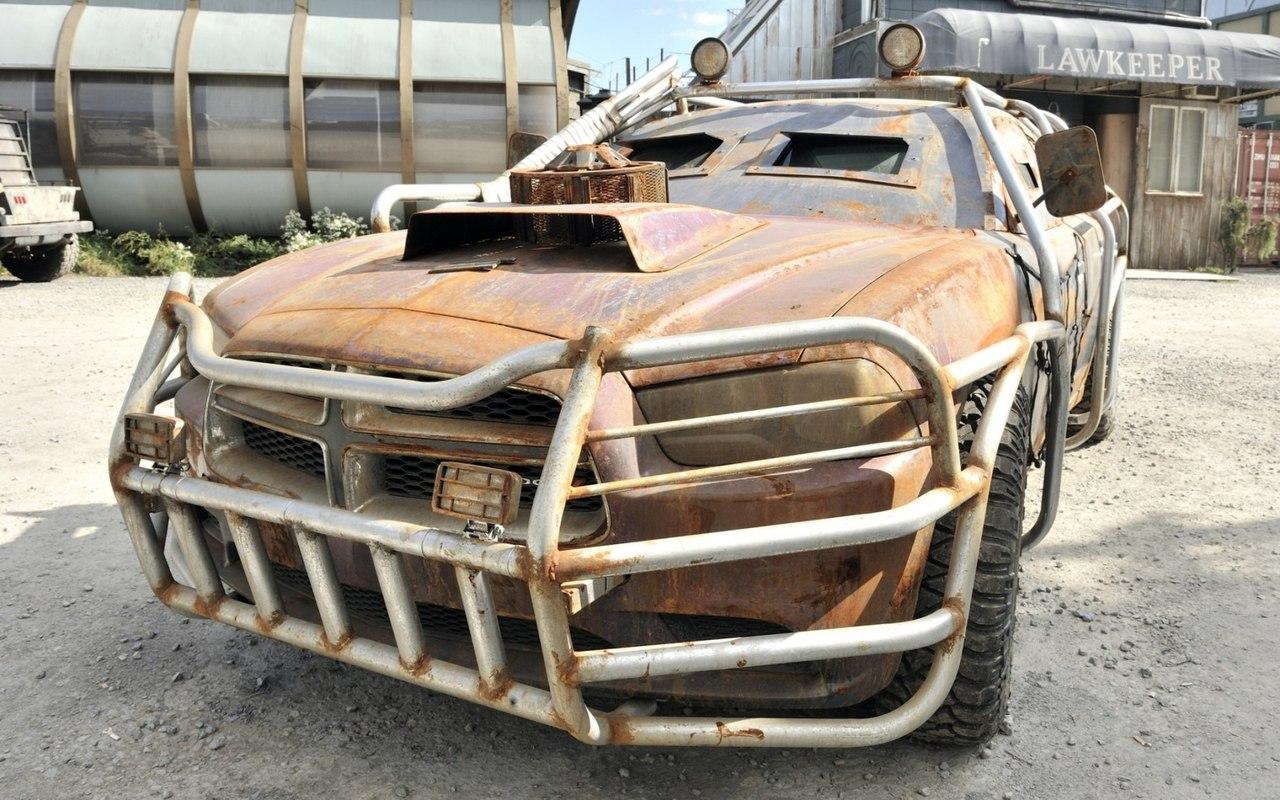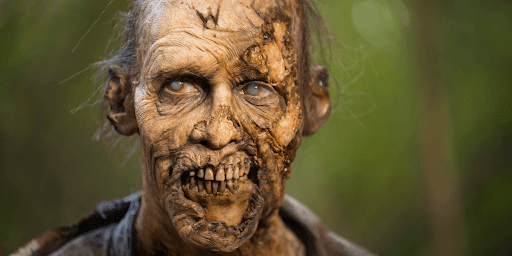When it comes to zombies, we ask a million questions, but What is a zombie virus called? Is the one that prevails the most.
Several aspects of this virus can be stated with certainty. From transmission modes to their functionality, However there is yet to be a definite way to answer this question. There is no name for the virus. We are still trying to give this virus a name.
What Is The Zombie Virus?
What are the possible ways the zombie virus can be transmitted? Let’s state the obvious; any dead being that contracts the zombie virus returns to life. However, this virus’s transmission means and resurrection characteristic remains a mystery. It is still unknown where the disease originated and whether the virus is human-made or exists naturally.
Some people even support the possibility of supernatural origin. To sum it all up, the taxonomy of the zombie virus is still unknown. Despite our lack of knowledge about the virus, some aspects can still be stated with certainty. The virus has a sinister effect but doesn’t kill its host. According to popular belief, the virus enters the neural system of the host and stays dormant within the system.
The host stays visibly and physically healthy for his entire life span. But when the host dies, the virus becomes active. Only then does the virus infect and revive the neural structures, including some parts of the brain stem and cerebellum. This way, the virus turns a human into a zombie.
What Are The Transmission Modes Of The Zombie Virus?
Like most viruses, the zombie virus undergoes different stages of transmission. The zombie virus has two separate yet parallel modes of communication, namely, the latent stage and the contact or fluid stage. To help us better understand how this virus works, let’s discuss the scenes in detail:
- LATENT PHASE
Initially, a dormant virus strain invades the neural system of the living person. Currently, the transmission source of the virus stays undiscovered. It is hypothesized that the virus may be airborne, water-borne, or possibly both. Once the virus has invaded a person’s system, the virus flows into the blood. It remains concentrated in the central nervous system. As long as the host lives, the virus stays in latency and asymptomatic to the host.
- FLUID/CONTACT PHASE
Typically, it is thought that any contact with zombies can incur transmission of the virus. Contrary to this popular belief, the virus doesn’t transmit itself only by physical communication. Information happens only through fluid contact. The virus may enter through open wounds resulting in irreversible contamination.
Zombie bites are another possible way of transmission of the virus. Though zombie bites don’t mix consequents in a fatality, they can transfer the dormant virus strain. However, another theory proposed that active pathogens transmitted through zombie bites induce a fatal reaction in the victim’s nervous system. Also, the bacteria present in their mouth exacerbate the response.
Scratches induce a reaction similar to bites. Unlike bites, scratches don’t result in death. However, if the gouges are deep, death due to exacerbating infection may be possible. Chances of fatality can be reduced if the infected part is amputated or removed immediately. Amputation is a possibility when bites or scratches are on the appendages. But bites and deep scratches on arteries, veins, and the torso are universally fatal.
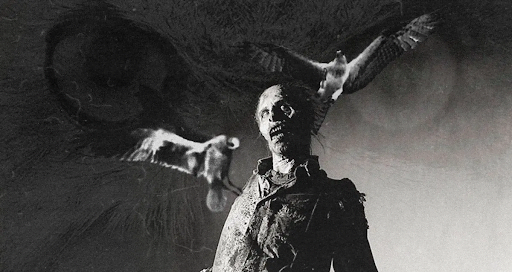
How Does The Zombie Virus Work?
There is a multitude of nuances and variations that may hinder the clarity of a definite answer. However, by studying the behavior of zombies, we can gain some clarity about the nature of this virus. Zombies’ behavior typically fits into three criteria 1) their stimulus makes them seek flesh, 2) continual decomposition 3) contamination via bodily fluids. Within the purview of these criteria, we can describe the functioning of a zombie in three conditions.
Condition #1
The virus activates cannibalistic preferences and stimulates the need for fresh brains (it is said that zombies do not consume the brains of dead bodies or other infected beings). Zombies seek flesh, particularly the brain, to satisfy their hunger. This flesh-seeking stimulus reflects that the virus must have somehow reanimated the motor functions and neural system. That means the sensory system is rewired and activated to distinguish four things: infected and non-infected; flesh and non-flesh; different species, ad themselves. In addition, the virus doesn’t redesign the system; it simply hijacks the existing system and rewires it to meet the current needs.
Condition #2
When we talk about zombies, the first thing that comes to mind is the mindless, decaying, ad walking corpse. This leads to our following condition- the continual decomposition. The reanimation process, as we know, is not equal to rebirth. If it were, then zombies would have looked like normal living beings.
The core aspect of the reanimation process is autolysis- a process in which enzymes eat up the cells. In the case of zombies, autolysis neither reverses nor stops. The first step in postmortem decay is autolysis; it can begin in the briefest period between death and reanimation. However, insect infestation continues like the expected outcomes of decomposition.
Condition #3
The third criterion is the pathogen being contagious only through bodily fluids. This aspect is critical as it pertains to the fact that not everyone instantly turns into a zombie after any contact with a zombie. Like other airborne pathogens, the zombie virus can easily be contained, and the patients can be quarantined. Note that zombie bites don’t turn a person into a zombie. It is because most of the bites don’t result in deep gouges. But if a bite or a scratch creates deeper gouges, then transmission of the virus is a plausible outcome.
To summarize, a zombie virus must be transmitted through bodily fluids. This transmission results in sufficient infection, which is typically fatal. The fatality is because the virus consumes the host and stalls the necessary sensations and functions. The virus also needs to fend for itself by availing sufficient nutrients. Also, the virus slows the decomposition process while ensuring limited movements.
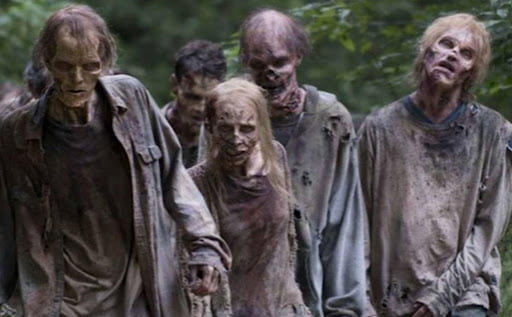
Does A Zombie Virus Exist?
Believe it or not, the concept of reanimation after death is a ritualistic practice. In the 1600s and the 1700s, the enslaved Haitians wanted to free the souls from their bodies. These people thought of bodies as vessels trapping their souls and limiting their free will to decide for themselves. Reanimation after death eventually entered their religion, and sorcery carried out their work.
Considering the Haitian myth, the present-day zombies are starkly similar to those of reanimated enslaved people.
Just like those resurrected enslaved people, zombies lack the sense of right or wrong, inability to walk correctly, and have zero impulse control. Shortages of these basic skills are an outcome of the dysfunctional frontal lobe. However, zombies do have functioning motor control and insatiable hunger. There is no denying that no virus or disease can cause a deceased brain to function again. Come to think of it. Certain ‘modern’ viruses mimic the zombie virus in their characteristics. Some viruses leave the patient in a zombie-like state.
A group of neurotropic viruses invade our central nervous system and concentrate on our brains. The patient suffering from this virus starts to act strangely, marked with increased aggressiveness.
Infectious diseases show signs of mutations just like our genetic mutations. A zombie virus may not currently exist; viruses keep evolving. Viruses may infect to induce starvation and cut off brain functions. But, an evolved virus that can infect the dead body remains a mystery.
Would We Survive A Zombie Virus?
Generally, when a new virus enters a population, people are vulnerable to acquiring it as there is no immunity against it. According to lore, a zombie virus doesn’t spread through the air. So, there is a better chance of containing this virus. The foremost measure to save ourselves from becoming zombies is finding shelter away from the affected population. Also, zombies, regardless of their type, walk to move around. It is improbable that a zombie can drive or properly climb to migrate from one place to another.
Big cities are the worst place to reside after an outbreak. Valleys or the farthest area from cities are the ideal places to live during an outbreak. Strictly fenced and scarcely populated areas are the last place that zombies choose for their attack.
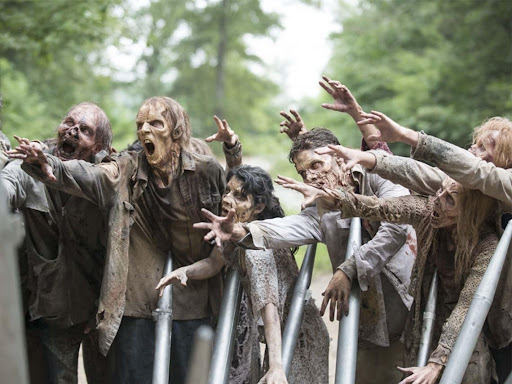
Conclusion
The nature and underlying characteristics of this virus reveal a lot about this virus. We have a vast information base about this virus, from its transmission to its functioning. The virus may not result in immediate death, but who wants to walk around hunting for brains after death? So, it is wise to keep yourself safe from zombies and away from places at threat of zombie virus outbreaks. Say, if the virus has infected a population, it is wise to move to a location near the mountains and hills. As we all know, zombies have stilted gaits; climbing is a daunting task for them. They struggle to skip or jump over obstacles and fences.
